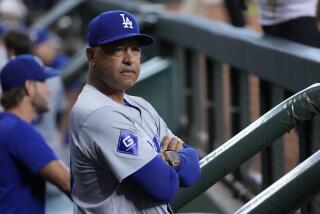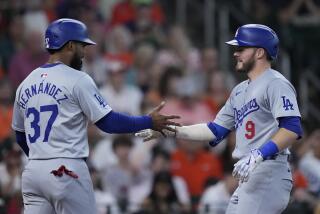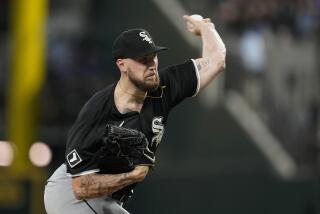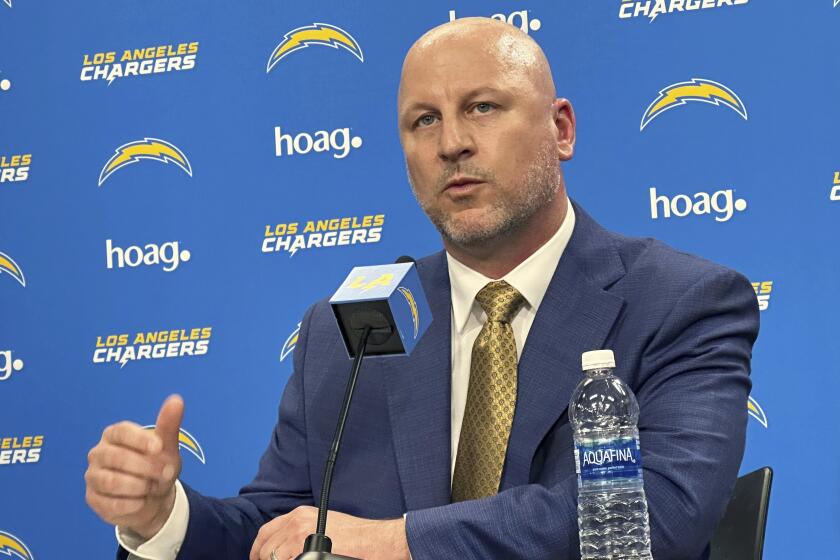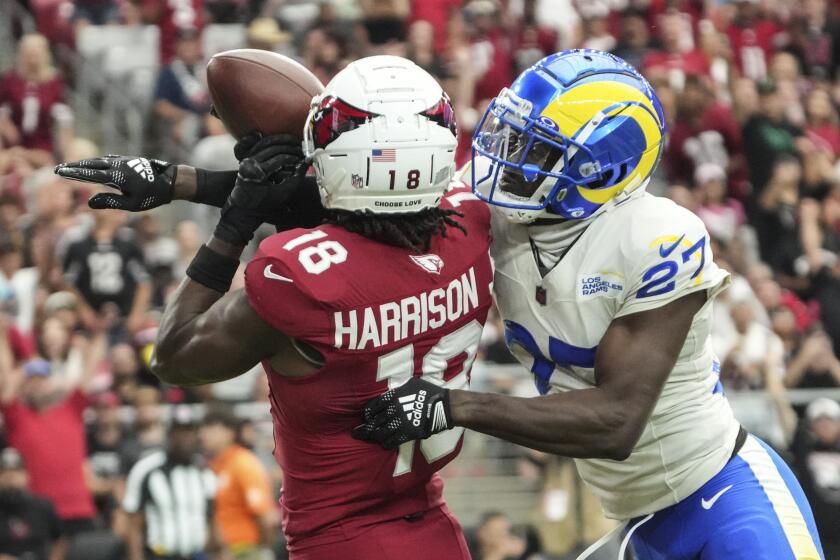As baseball’s trade deadline approaches, it’s nervous time for GMs
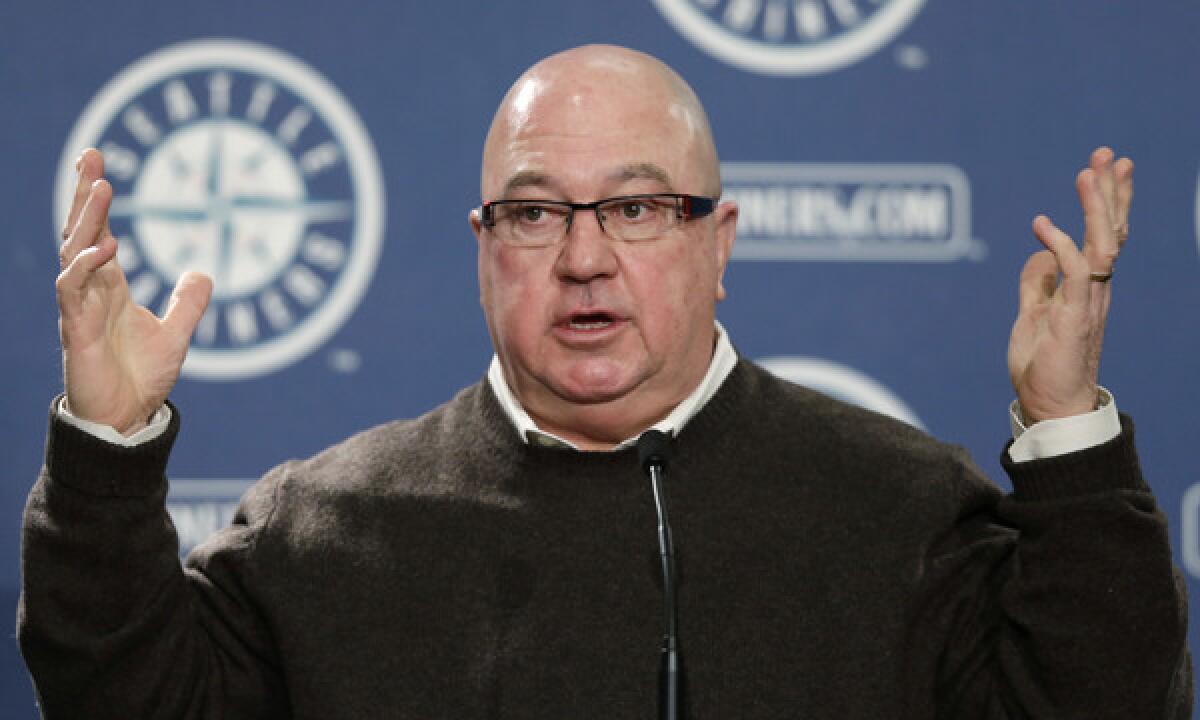
ARLINGTON, Texas — Consider the dilemma faced by Seattle Mariners General Manager Jack Zduriencik as Wednesday’s nonwaiver trade deadline approaches.
The Mariners have virtually no shot at making the playoffs. So if Zduriencik decides to sell, essentially throwing in the towel on what would be the team’s fourth straight losing season, he could pick up a bevy of prospects, just the kind he needs to continue what has been a long rebuilding process.
But if he stands pat, holding on to the team that has the American League’s second-best record this month, the Mariners have a chance to finish strong, reinvigorating a long-suffering fan base and perhaps saving Zduriencik’s job and that of his manager, Eric Wedge.
“It’s tough,” says Arizona Diamondbacks GM Kevin Towers, who faced the same dilemma several times during his 15 seasons with the San Diego Padres.
“The key thing right now is, where are you at? Are we a contender? Are we a pretender? Do we stick with what we have or dump? And to me those are probably the toughest decisions.”
Zduriencik isn’t the only general manager searching his soul — and his roster — this week. With the addition of a second wild-card playoff spot in each league, half of baseball’s 30 teams began Saturday within seven games of a postseason berth with two months to play. As a result, few of those teams seem eager to break up their rosters.
“I cannot remember a trading deadline that had so many teams that were still in it . . . and therefore were looking to add,” Dodgers GM Ned Colletti said. “You have more buyers than you do sellers. There’s not a neutral. You’re either doing one or the other.
“And so the list of available players right now — or teams that are willing to [trade] — is smaller.”
Seattle is a club that could go either way. Designated hitter Kendrys Morales, outfielder Raul Ibanez and left-hander Joe Saunders will become free agents after the season, making them attractive targets for teams looking to pick up a bat or shore up a rotation for a playoff push — a push the Mariners, 81/2 games out of a wild-card berth as of Saturday morning, are unlikely to join. Same with the Royals, who were seven games back in the AL Central and the wild-card race yet say they are loath to part with soon-to-be free agent Ervin Santana.
“Your job, I think, is to let upper management know and let ownership know realistically where you think you’re at. And how far you are away from truly contending and kind of sticking with that plan,” Towers says. “But it’s hard. Because ultimately the game’s about the fans. And the fans, when they see the ballclub raising the white flag, is that going to hurt attendance? Is that going to hurt your ballclub? Revenues at the gate?
“Especially if your ballclub hasn’t been successful for quite some time. It’s like, ‘Here we go again. It’s never going to change.’”
Deciding whether or not to make a trade is the easy part, though. Deciding what you want, finding a trading partner who has it and then setting a price can be far more complicated.
Colletti let the Red Sox know he was interested in Manny Ramirez 18 months before that 2008 trade finally happened. Later the Dodgers let Boston know they liked catcher Tim Federowicz, information that proved valuable for the Red Sox when a trade with Seattle for left-hander Erik Bedard appeared dead because Boston didn’t have an outfield prospect to send the Mariners in return. So the Red Sox offered Federowicz to the Dodgers provided they agreed to send Trayvon Robinson to Seattle, and the three-way deal was completed less than two minutes before the trade deadline.
“This is the most exciting time of the year. The last hour is typically frantic with two cellphones and a land line working along with all the scouts and personnel people on their phones and computers,” says Colletti, who once negotiated a winter deal from an ice-fishing shanty in Canada. Then last July he was able to complete the Hanley Ramirez trade only after a customer in a Mexican restaurant in Arizona allowed him to borrow a charger to revive his dead cellphone.
A few hours later, Ramirez was a Dodger.
“Trades are hard to make work,” Angels GM Jerry Dipoto says. “It’s not just finding the match you’re looking for. The player you really want may not be available, so you try to get as close as you can to what you want.”
As a result, sometimes the best trade is the one you don’t make.
“People on the street may think you should be a buyer. But the best players may be the ones you already have,” Dipoto says.
Which brings us back to Zduriencik and the decisions he has to make over the next three days. Should he play the cards he’s holding and try to finish above .500? Or should he gamble, trading in those cards in the hopes he can build a playoff contender in the near future?
“Those are sometimes million-dollar decisions,” Towers says. “If you guess wrong and you think you’re ready to win and you’re not, you end up trading some of your top prospects [and] it can set you back for quite some time. So it’s really knowing when to strike and when not to.
“And be right more than you’re wrong.”
twitter.com/@kbaxter11
More to Read
Go beyond the scoreboard
Get the latest on L.A.'s teams in the daily Sports Report newsletter.
You may occasionally receive promotional content from the Los Angeles Times.
